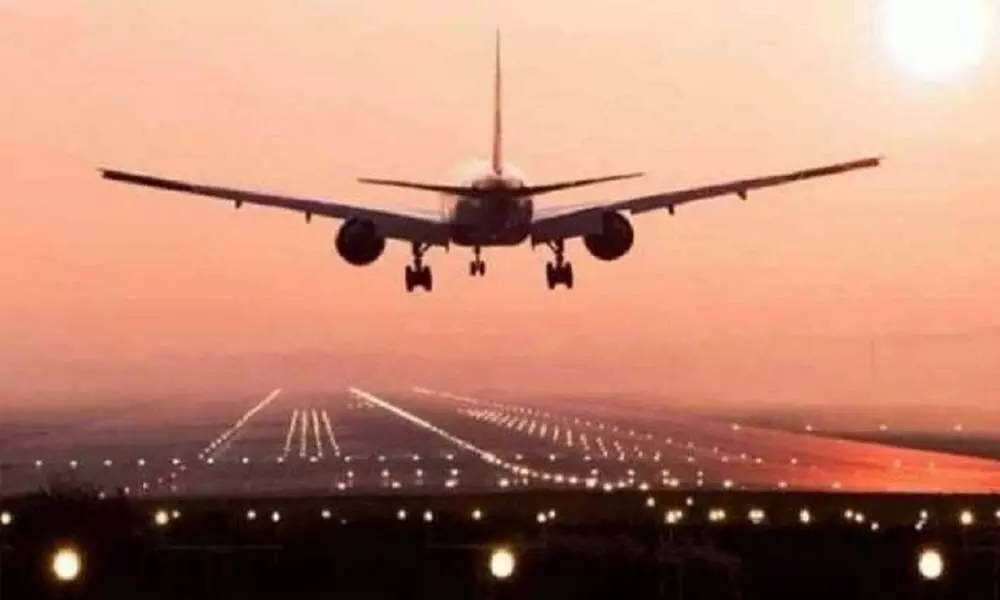Need to reduce ATF prices to boost aviation, tourism
Oil marketing companies hiked ATF prices by around three per cent this month after two price cuts in December. Market experts expect airfares to be around 10 per cent higher by the end of January compared to the end of December which could lead to a 2-5 per cent rise in airfares.
image for illustrative purpose

Oil marketing companies hiked ATF prices by around three per cent this month after two price cuts in December. Market experts expect airfares to be around 10 per cent higher by the end of January compared to the end of December which could lead to a 2-5 per cent rise in airfares.
The Centre for Asia Pacific Aviation (CAPA) India, in a report titled India Airline Outlook 2022, has indicated that 2022 is expected to see a surge of 52 per cent in domestic and 60 per cent in international air traffic. The key factors that will determine the pace of recovery will be the successful implementation of government initiatives, new private investment and opening up of regional airports. 2022 holds a lot of promise.
The years 2019-2020 have seen an increase in passenger demand from tier-II cities. Union Ministry of Civil Aviation (MoCA) presently has set a target of operationalising as many as 100 unserved and underserved airports by 2025 under UDAN. Out of that, 61 airports have already been operationalised. At this stage, when the Indian aviation industry is finally showing signs of recovery, the industry can't afford further casualties like the high price of aviation turbine fuel.
Civil Aviation Minister Jyotiraditya Scindia has stated that with the current tax structure of the fuel, India can't have a robust civil aviation sector. He, therefore, urged States and Union Territories to reduce tax, as it will help provide a fillip to the industry.Covid-19 has given the Indian aviation industry an opportunity to re-imagine its future. For now, as passenger traffic nears pre-pandemic levels and with ambitious targets set by the government, it appears that 2022 may prove to be a defining period for the sector. Omicron might affect the growth a bit, but 2022 will be key in determining the long-term outlook for the Indian aviation.
India's civil aviation industry is hoping that the central government will cut taxes on jet fuel in the forthcoming Union budget to propel a recovery of the sector hit hard by the pandemic.Among its key expectations are a cut in taxes on aviation turbine fuel (ATF), which make up 25 per cent-40 per cent of an airline's operating cost, and other incentives. Currently, some State governments levy as high as 25 per cent-30 per cent value added tax (VAT) on ATF.
Rating agency Icra Ltd said the civil aviation industry expects financial aid from the government and reduction in levies and taxes in the immediate near term to revitalize operations and boost passenger traffic. These include lowering of taxes on ATF and reducing airport charges, parking, and landing along with navigation charges among others, Icra said in a report titled 'Expectations: Union Budget 2022-23'.
One of the world's most important industries connected to aviation is tourism. It is very well known that tourism depends on air transportation to bring visitors, while the air transport industry depends on tourism to generate demand for its services. So, cut in tax rates on ATF will fuel growth of the aviation sector as well as tourism in a big way.

